Key Concept: The elusive Stifled Smile is the hardest smile to capture in fine art and animation. |
There is no doubt that the Stifled Smile, exists in the wild. Figure 2 is a terrific example, which in on-line tests scored a 96% recognition rate for Joy which is as good as it gets. And yet, a closer look reveals an odd detail: the mouth itself is not “smiling,” something that is absolutely required for every other version of facial happiness.
| Figure 2. THE REAL THING. This textbook perfect example of the Stifled Smile scored extremely high in online tests. Viewers overlooked the straight, non-smiling mouth because of the happy eyes, bulging cheeks and deep Nasalabial Fold, characteristics of the full Smile. Figure 4 explains what is holding the mouth corners back. |
| Figure 3. NOT THE REAL THING. For the Stifled Smile to succeed the entire face must be correctly configured, to make up for the missing smiling mouth shape. In this altered photograph, I’ve flattened the cheeks and removed the deep Nasolabial Fold evident in Figure 2. The test score of the resulting face, which is otherwise identical, plummeted to 42% for Joy, a 54% drop from the original recognition rate. It is obvious how much less happy he looks. |
The Stifled Smile occurs when someone is highly amused but is attempting to dial it back by using muscles which pull the mouth in the opposite direction, as shown in Figure 2. The resulting ‘tug of war’ expression is not only recognized as happy, but it is a charming sort of happy – endearing, impish, or playful.
| Figure 4. In the Stifled Smile, the smiling muscle, Zygomatic Major (green arrows) attempts to pull the mouth corners up while two lower face muscles attempt to suppress that movement – leaving the mouth line flat, rather than arced. The Triangularis (blue arrows) pulls the mouth corners in exactly the opposite direction as the smiling muscle, while the Chin Raiser (yellow arrows) compresses the mouth from below, which also resists the upward pull. Meanwhile, all the other cues associated with a sincere, broad Smile remain present – the bulging cheeks with a strongly-defined Nasolabial Fold (red lines), and the compressed, “happy” eyes. Having the entire face “Smile” besides the mouth is critical to the effect. |
| Figure 5. To get the right pose for this illustration in my book, I told my model I had only one exposure left in my camera (remember film?) and I needed her to look totally deadpan. Meanwhile, her boyfriend, a professional clown, stood behind me and did very funny things. I caught her exactly when she was about to laugh and trying not to. The resulting, amusingly conflicted expression is exactly what I wanted with a smiling upper face (cheeks and eyes) and a flat-lined mouth, surrounded with tension folds (see Figure 2). A charming expression, indeed. |
| Figure 8. Here is a typical example of an anatomically inaccurate, but completely effective Stylized Smile. The wide smiles of Elsa and Anna in "Frozen" lack the raised lower eyelid plus the folds and bulging of the cheeks (see Figure 6) that would necessarily be present active in a real face. Once we decide a face is not human, we are much more forgiving of such departures from reality. |
| Figure 9. There was a great deal of disapproval of the facial expression depicted in the official portrait of Kate Middleton, the Duchess of Cambridge painted by Paul Emsley. For me the question is - Slight Smile, or Stifled Smile? The mouth corners aren't raised enough for a Slight Smile, but the face isn't active enough for a Stifled Smile. With neither expression dominant, the resulting face seems more frozen than warm. |
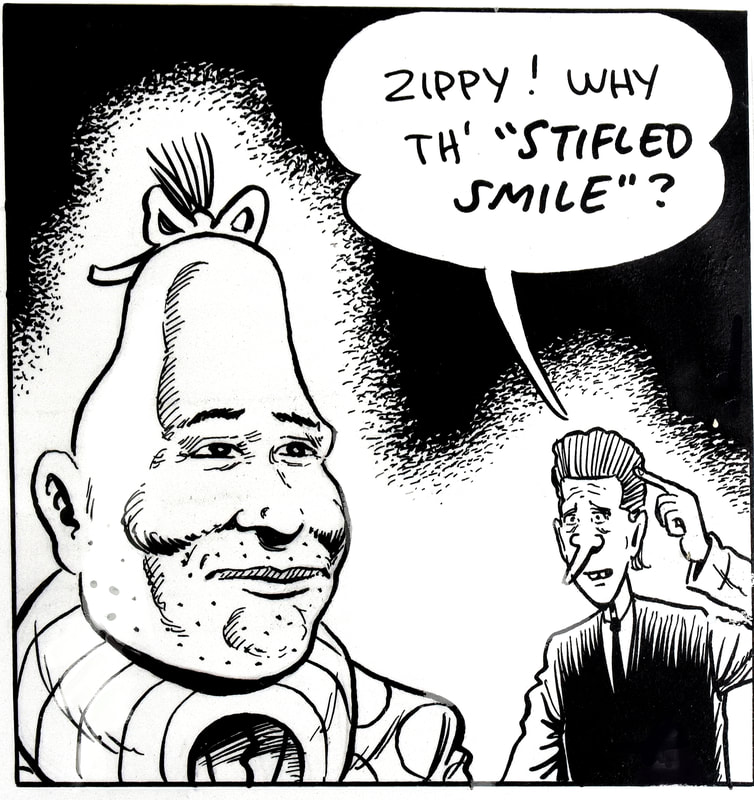

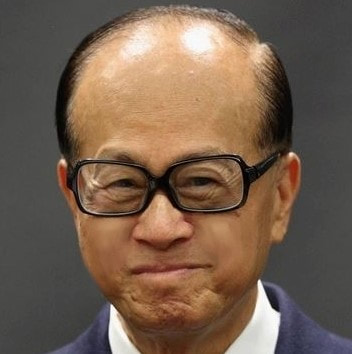
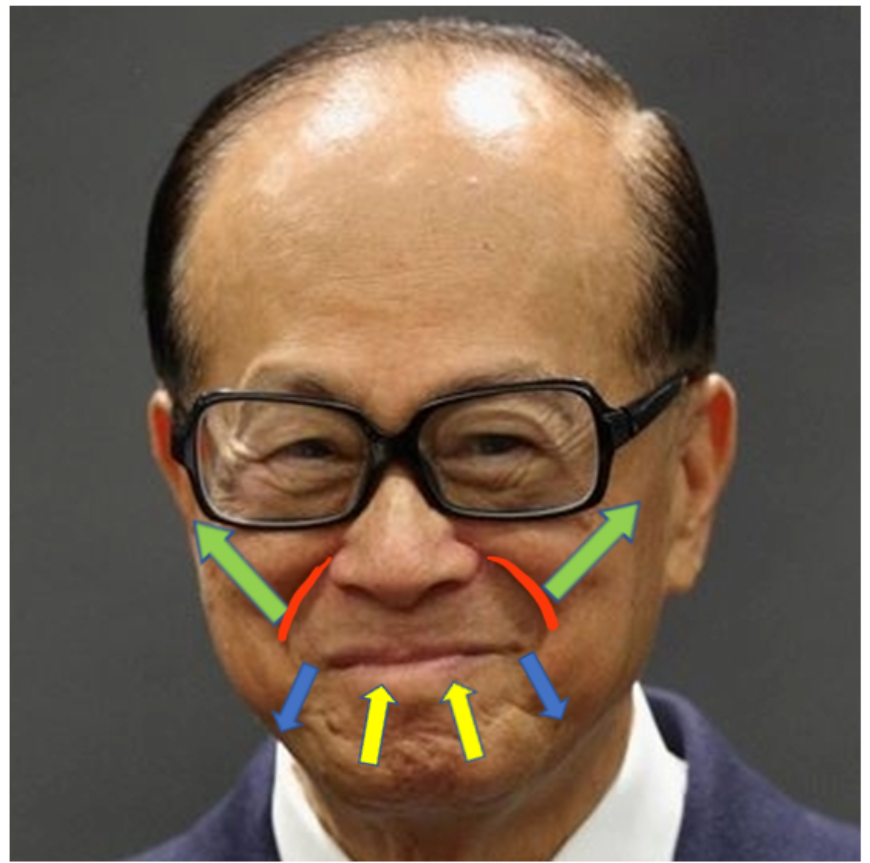
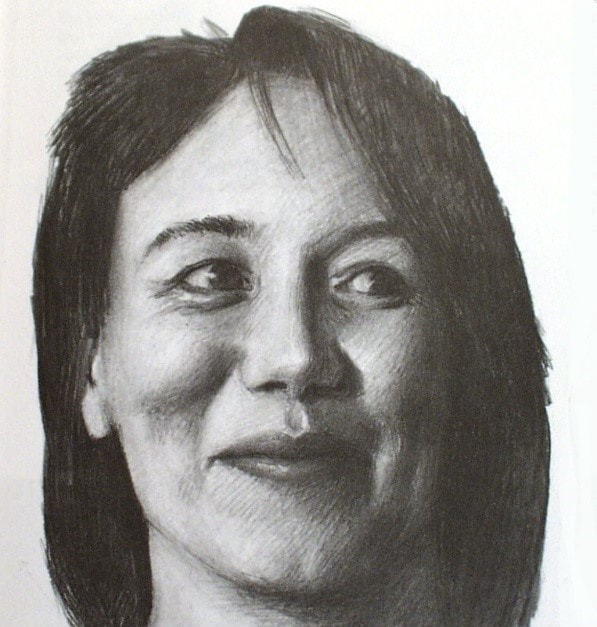
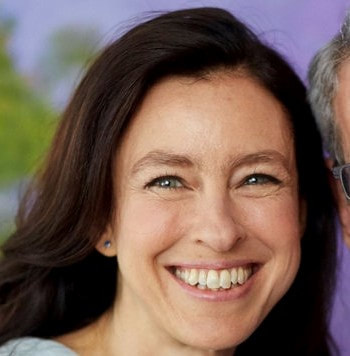
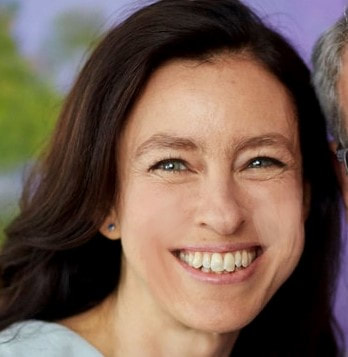
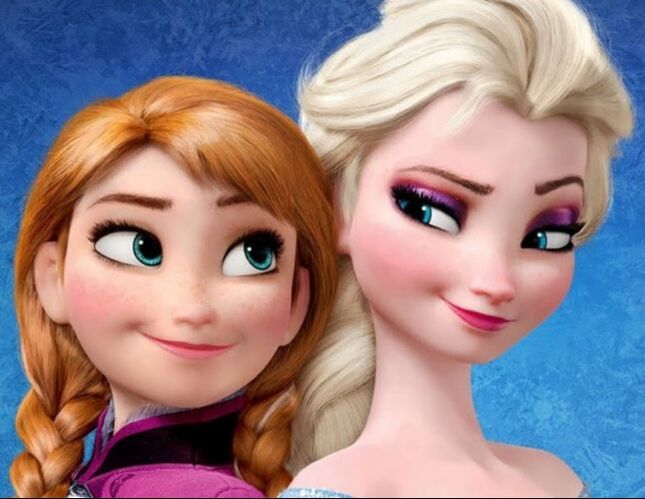
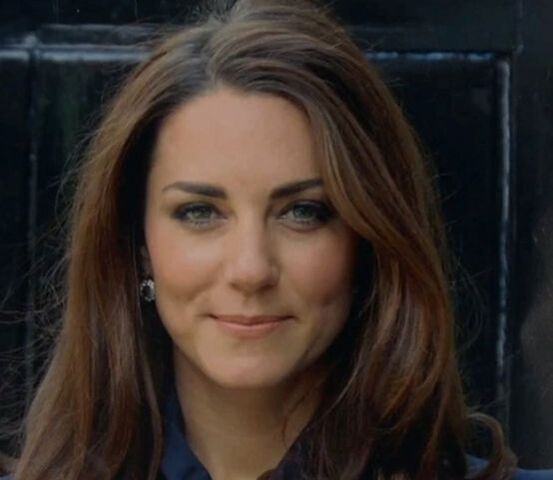

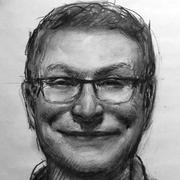
 RSS Feed
RSS Feed